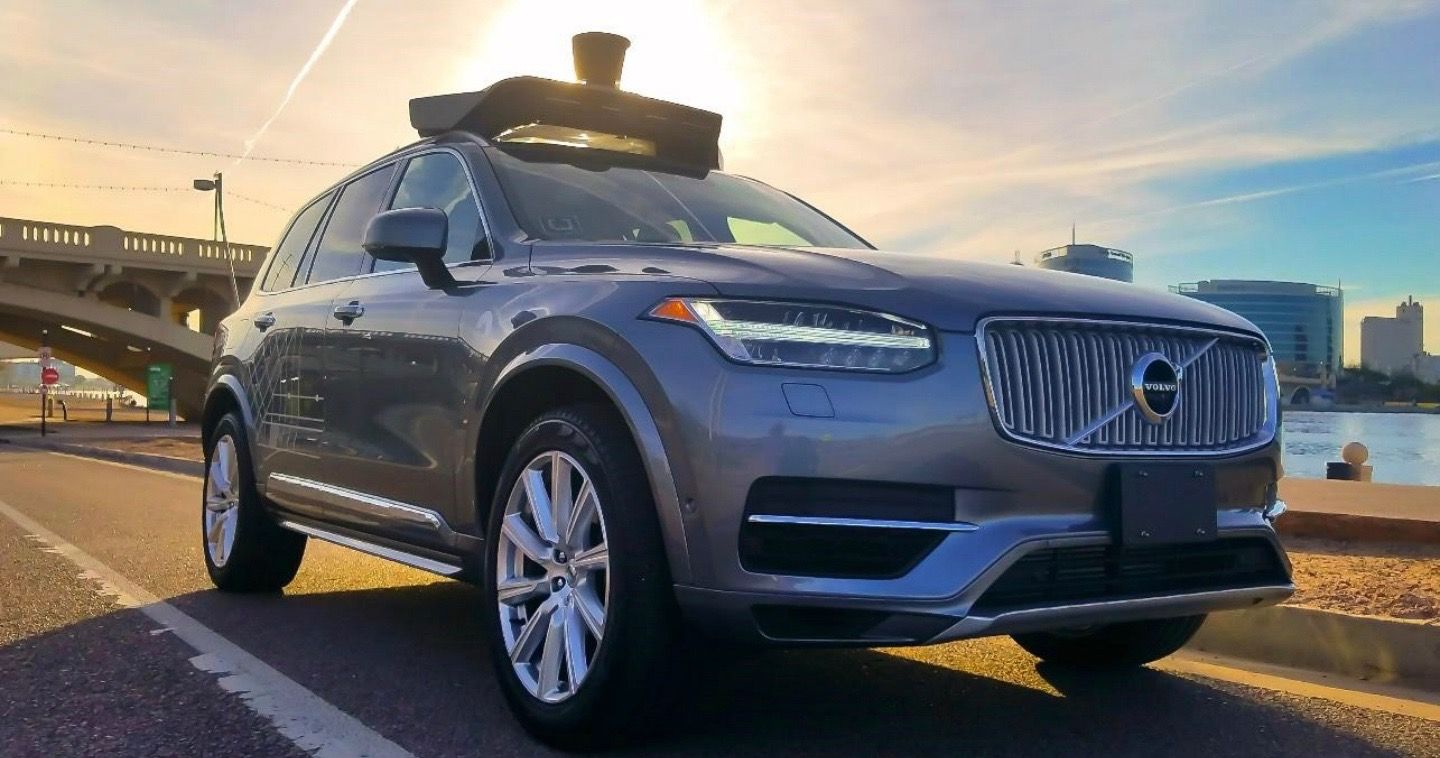The National Transportation Safety Board has released a detailed report regarding the 2018 crash in Tempe, Arizona, that killed Elaine Herzberg, 49, a pedestrian run over by a self-driving Uber.
Uber had suspended its self-driving car test program for several months after the fatal crash and limited its vehicles to 25 mph when the program restarted in December 2018. The software integrated in the Uber self-driving SUV that killed Herzberg last year was unable to detect pedestrians outside of a crosswalk, according to documents released as part of a federal investigation.
The National Transportation Safety Board, an independent government safety panel that mostly investigates airplane crashes and large truck incidents, has looked into this particular Uber crash, determining that the testing vehicle, driven by 44-year-old Rafaela Vasquez, killed a Herzberg as she crossed a dark road in Tempe, Arizona. Video footage showed Vasquez reacting with shock just seconds before the crash.
The documents show that mistakes were due to Uber’s internal structure, known as “safety culture.” For example, the self-driving program didn’t feature an operational safety division or safety manager. The most evident mistakes were software-related. Uber’s system was not programmed to detect or deal with pedestrians walking outside of a crosswalk.
Uber engineers, worried about false alarms, had incorporated an automated one-second delay between a crash identification and reaction. Also, the company chose to deactivate a built-in Volvo braking system that the automaker said would have significantly reduced the speed at which the car hit Herzberg, or perhaps avoided the crash completely.
Although the vehicle identified Herzberg in time to stop, 5.6 seconds before impact, it was traveling at 43.5 mph when it hit her and threw her 75 feet. Yet the car thought the woman was first another car, then “other,” then a vehicle again, then “other,” then a bicycle, then “other” again, and finally a bicycle.
It never assumed the object was a person because Uber didn’t program the car to identify pedestrians outside of crosswalks. “The system design did not include a consideration for jaywalking pedestrians,” the NTSB’s Vehicle Automation Report reads. It wasn’t until 1.2 seconds before the collision that the system saw that the SUV was going to hit Herzberg, that it couldn’t avoid her, and that it needed to hit the brakes.
RELATED: Autonomous Software Setting Caused Infamous Uber Accident
In a statement, an Uber spokesperson said that the company “regrets the 2018 crash,” and emphasized that its Advanced Technologies Group has altered its safety program. According to Uber documents submitted to the NTSB as part of the investigation, Uber has modified its safety driver training and now has two safety operators in each car. “We deeply value the thoroughness of the NTSB’s investigation,” the spokesperson added.

